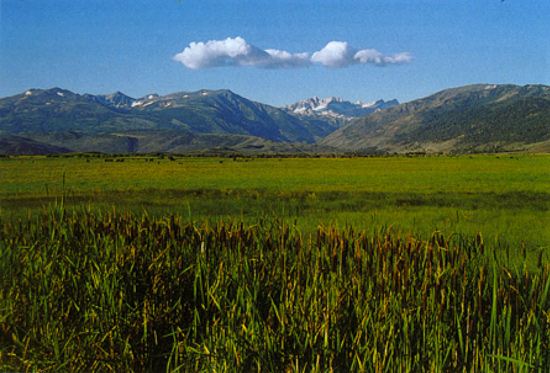 Source: hydrology-wetlands, US Geographical Survey
Source: hydrology-wetlands, US Geographical Survey
 Source: hydrology-wetlands, US Geographical Survey
Source: hydrology-wetlands, US Geographical Survey
Why am I learning about Wetlands?
There's water, and there's land. Somewhere in the middle, there are wetlands. Not totally flooded by water, but not completely dry either, these in-between places rank among the richest ecosystems on Earth.
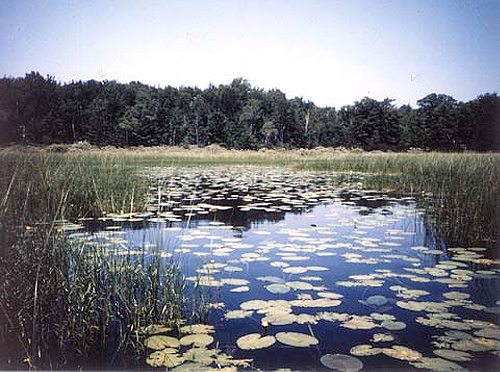 Source: Inland Marsh, Todd Votteler, US Geological Survey
Source: Inland Marsh, Todd Votteler, US Geological Survey
Baby fish and shellfish thrive in the protected waters of shallow estuaries, where rivers meet the sea. Many types of migratory birds spend their winters in marshes or stop there to rest during their travels. Wetlands are full of salamanders, frogs, turtles, snakes, and alligators, as well as sea grasses and other specialized plants.
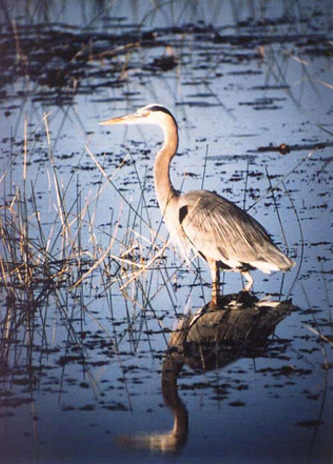 Source: hydrology-heron, US Geological Survey
Source: hydrology-heron, US Geological Survey
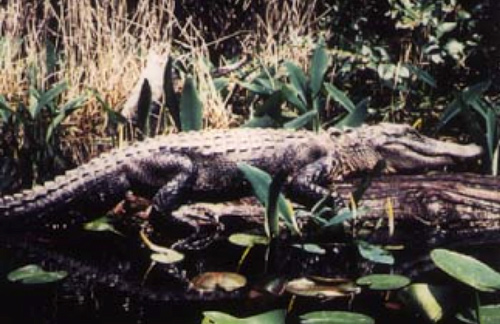 Source: 1 alligator wetlands, Environmental Protection Agency
Source: 1 alligator wetlands, Environmental Protection Agency
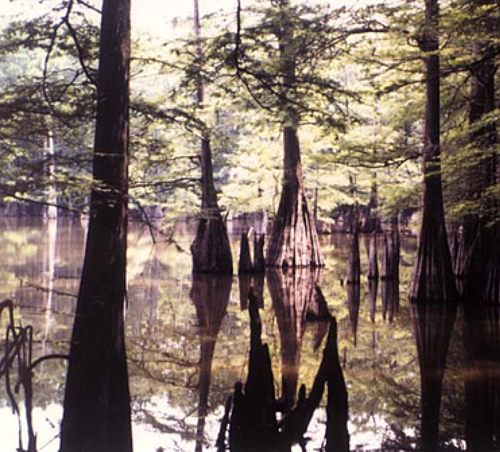 Source: Bottomland Hardwood Swamp, US Geological Survey
Source: Bottomland Hardwood Swamp, US Geological Survey
Question to consider: What are three things that Wetlands do for the ecosystem?
In this resource, you will learn a tremendous amount of information about wetlands. To help you keep track, answer the questions on the handout. Click here to download the Wetlands Handout.
If you do not have printer access, record the questions and your responses in your notes.